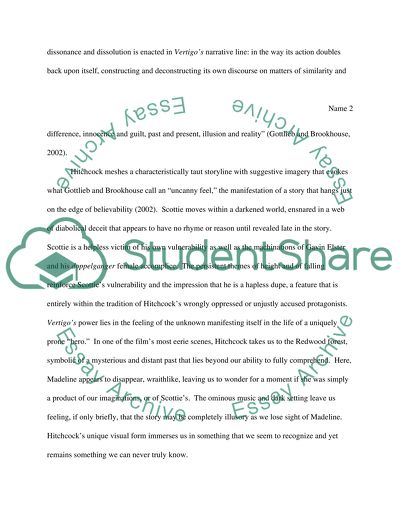Cite this document
(“Palettes of Sight and Sound: The Auteurist Aesthetic in Vertigo and Essay”, n.d.)
Retrieved from https://studentshare.org/visual-arts-film-studies/1430792-palettes-of-sight-and-sound-the-auteurist-aesthetic-in-vertigo-and-the-magnificent-ambersons
Retrieved from https://studentshare.org/visual-arts-film-studies/1430792-palettes-of-sight-and-sound-the-auteurist-aesthetic-in-vertigo-and-the-magnificent-ambersons
(Palettes of Sight and Sound: The Auteurist Aesthetic in Vertigo and Essay)
https://studentshare.org/visual-arts-film-studies/1430792-palettes-of-sight-and-sound-the-auteurist-aesthetic-in-vertigo-and-the-magnificent-ambersons.
https://studentshare.org/visual-arts-film-studies/1430792-palettes-of-sight-and-sound-the-auteurist-aesthetic-in-vertigo-and-the-magnificent-ambersons.
“Palettes of Sight and Sound: The Auteurist Aesthetic in Vertigo and Essay”, n.d. https://studentshare.org/visual-arts-film-studies/1430792-palettes-of-sight-and-sound-the-auteurist-aesthetic-in-vertigo-and-the-magnificent-ambersons.


